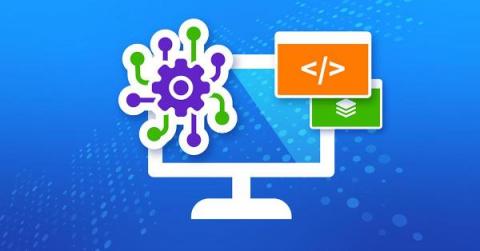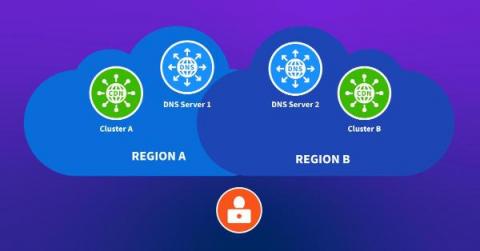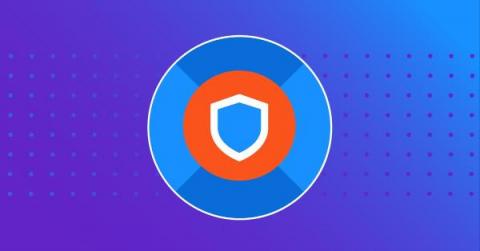NetOps for Application Developers: Understanding the Importance of Network Operations in Modern Development
True observability requires visibility into both the application and network layers. For companies reliant on multi-zonal cloud networks, the days of NetOps existing as a team siloed away from application developers are over.











